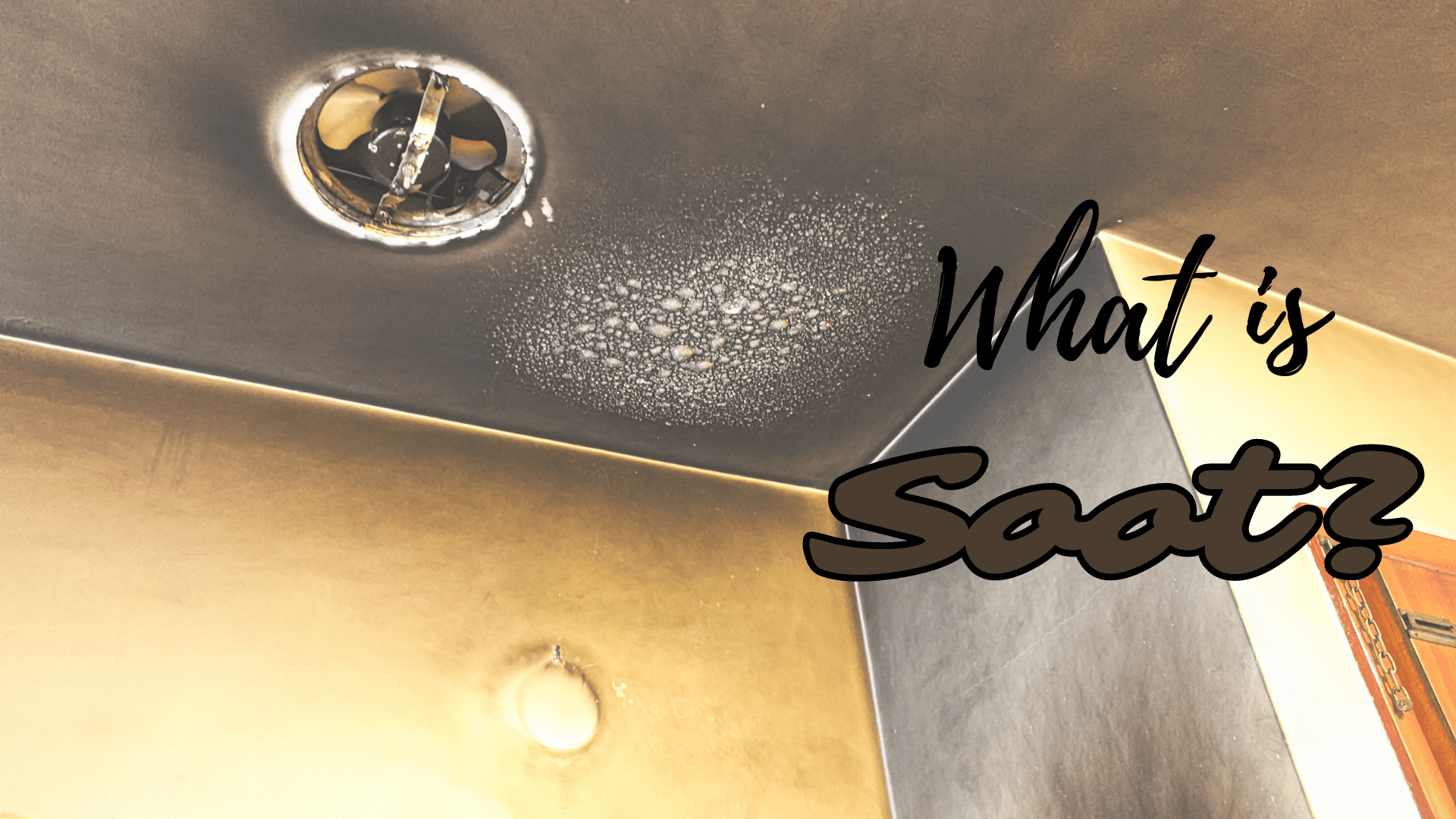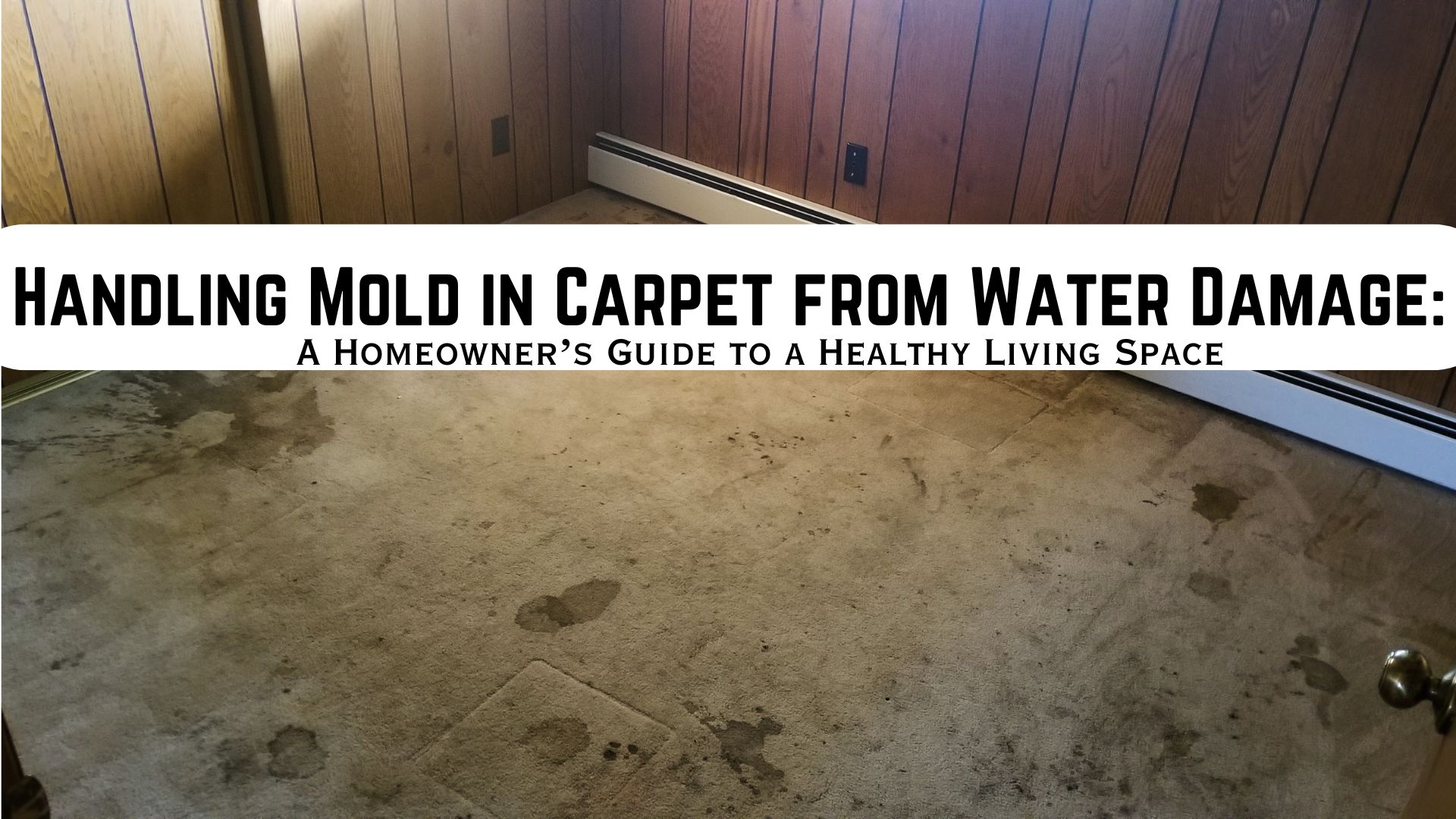The threat after a house fire can disastrously continue even if the flames have been put out. Smoke and soot damage is responsible for thousands of premature deaths, heart and asthma attacks in the United States and other countries. It can easily spread to your entire property and causes discoloration of walls and ceilings. In addition, soot can cause smoke odor since it will sink in all property contents and remain for long periods of time. So in this article, “What is soot?”, a frequently asked question of most homeowners will be discussed as well as other important information that you need to know about it.
1. What is Soot?
- A black, fine particle that is commonly termed a type of particulate matter (PM) is 2.5 micrometers in diameter or smaller. Even smaller than dust and mold particles.
- Because of its size, it can only be detected with an electron microscope.
- It is the result of the incomplete combustion of fossil fuel and becomes the black residue that sticks around and accumulates after a fire.
- When you burn wood, oil, coal, or other fuels, the residue which is mostly carbon travels through the air and stays in the surrounding environment.
- It comes in different states of matter: solid, liquid, or gas (“aerosol”).
- The soot particles may contain chemical compounds or carcinogens such as chromium, arsenic, and cadmium.
- The black and brownish powder contains some harmful elements like sulfur dioxide, carbon monoxide, formaldehyde, and methane.
2. Soot Exposure
Chimney sweeps probably have the highest occupational soot exposure. Anyone who works where organic materials are burned as well as brick masons, heating-unit service personnel, building demolition personnel, and horticulturists, may be exposed. People may also be at risk of exposure to soot from particulate emissions from any combustion source, fireplaces, engine exhaust, and furnaces.
3. Dangers of Soot Exposure
People may expose themselves to soot by inhalation and ingestion. Moreover, it can be absorbed through the skin and eyes. Soot particles pose a wide range of environmental and health risks.
Air pollution from smoke, including soot, greatly contributes to the indoor air quality of your home, in addition to leaving unpleasant odors and stains behind.
And because soot particles are so small, they can easily enter deep into the lungs without even knowing it. Soot can cause breathing problems including aggravated asthma, bronchitis, heart disease, and even cancer. The most vulnerable population to the dangers of soot include infants, the elderly, and people who have breathing issues.
4. DIY Tips For Soot Clean-up
Whatever the cause of soot in your home, be it just from a simple wood burning or from wildfire, ensure that your home is safe and clean once you enter. Proper clean-up and restoration from fire damage professionals are a must. Nevertheless, you can use the following clean-up soot tips for your home.
- Always remember to use safety gear such as masks or an air-purifying respirator and nitrile gloves before dealing with the soot or residues.
- Avoid touching your face while cleaning and wearing your gloves.
- Wear safety glasses or goggles to protect your eyes from particles.
- Use a strong vacuum to get rid of loose particles on all areas and surfaces.
- A lambswool duster may help to dust off particles, depending on the amount of dry soot and the sizes of the surfaces.
- Move the small objects to another place and clean them after an extensive vacuum cleaning is done.
- Deodorize, repaint, or varnish wooden materials in your house. You can use a dry chemical sponge to clean off the wood then wipe it with a damp cloth. You may consider using a polish or conditioner for wood after it has totally dried.
- When cleaning hard surfaces like floors and countertops, use water and a specialized cleaner. Put them in a spray bottle then spray the cleaning solution before wiping the surface. Rinse afterward with clean water.
- To sanitize and deodorize, you can use a natural remedy. After cleaning the area, use a mixture of water, baking soda, and vinegar to eliminate the strong smell.
- Make sure to wash your hands thoroughly after the clean-up.
Ensure the Safety of Your Health with Superior Restoration
You don’t need to deal with smoke and soot alone sinc e it may endanger your home and especially your health. It will take much time and effort to clean up all the residue and prevent possible side effects. However, hiring fire and smoke damage restoration experts will ensure the safe use of your residence again.
e it may endanger your home and especially your health. It will take much time and effort to clean up all the residue and prevent possible side effects. However, hiring fire and smoke damage restoration experts will ensure the safe use of your residence again.
Our expert teams have quality equipment and tools to help you with full smoke and soot cleanup. Contact our local office today! We are available round the clock to serve you better.




